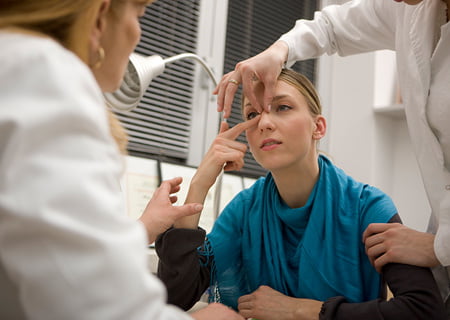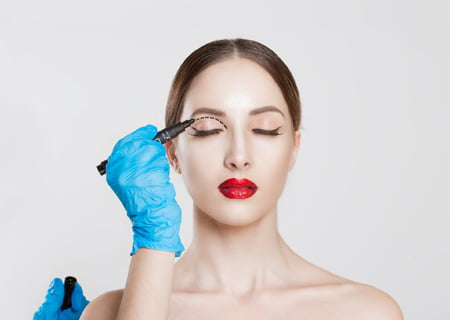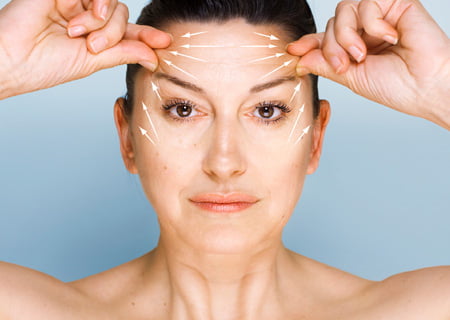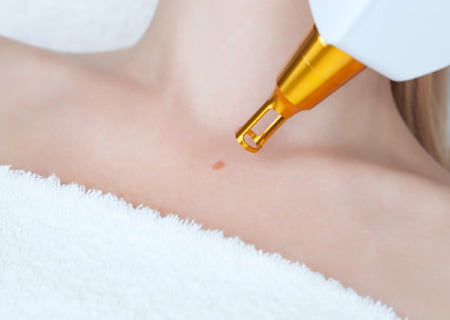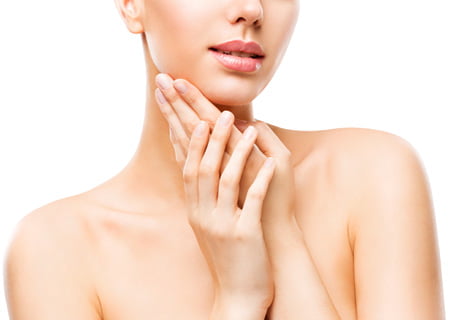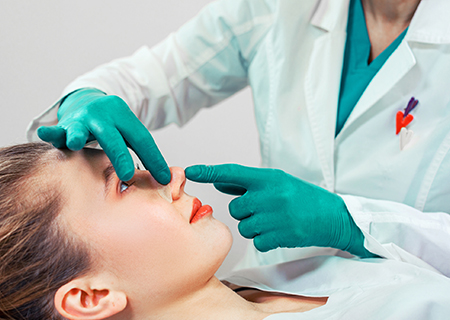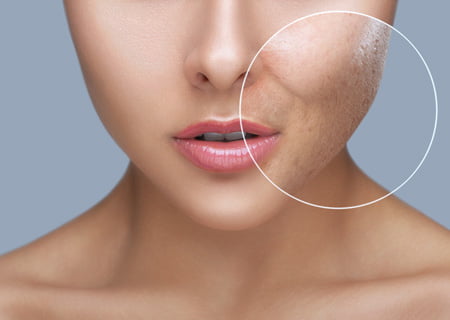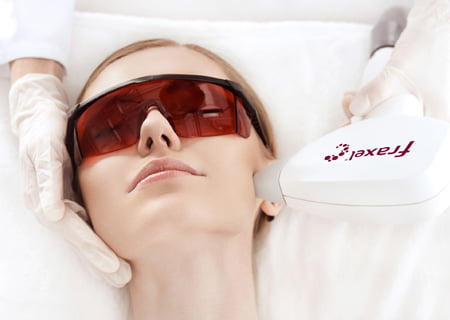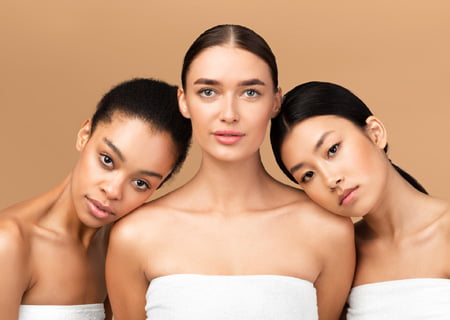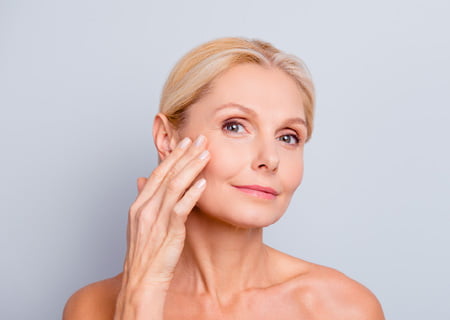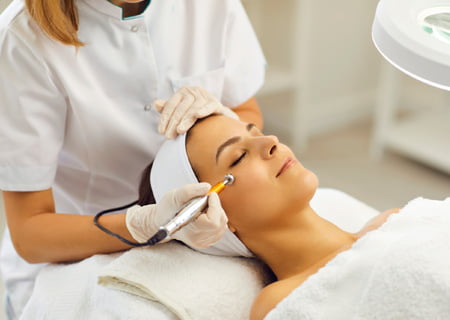Smoking after Rhinoplasty - all you need to know
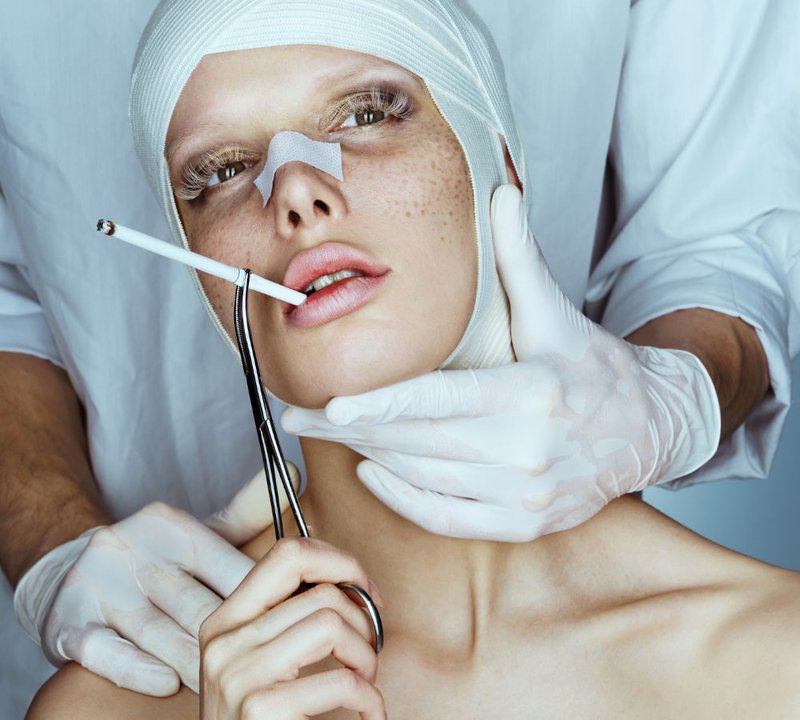
When Claire stepped into our Calgary clinic for her one-week check-up, she was brimming with excitement — and a hint of nerves. She’d tolerated the splint and dressings well, but she kept glancing at her lips, where a faint bruise lingered. Softly, she admitted: “I tried just one puff of my vape last night. I thought it wouldn’t matter.”
Dr. Zakhary looked up from her assessment and met Claire’s gaze. “Healing is a conversation between your body and your nose,” she said. “Any nicotine or hot vapour interrupts that dialogue.”
This is a story we hear often. You’ve planned your rhinoplasty for months, and then the day comes when cravings loom larger than your desire for perfect symmetry. It’s tempting to think a single cigarette or vape won’t hurt. But in the world of nasal surgery, your body doesn’t distinguish between “just one” and full relapse.
People also search
Below, you’ll find guidance born from thousands of cases at Facial Cosmetic Surgery of Calgary: real timelines, honest risks and doable strategies. No doctor-speak. Just clear, patient-tested advice to help you arrive at your best result.
Why Smoke-Free Matters More Than You Think
When you inhale nicotine — whether it’s in a cigarette, vape pod or cannabis joint — here’s what happens:
- Blood vessels constrict. Tiny capillaries in the nasal skin narrow. That means less oxygen and nutrients reach the very spot you’ve just reshaped.
- Inflammation flares. Heat and particulate matter irritate tissues, amplifying swelling and prolonging bruising.
- Collagen production slows. Collagen is the scaffold your surgeon builds upon. Without it, scars can become thicker and contours shift unpredictably.
- Infection risk climbs. Damaged mucous membranes invite bacteria, and your immune response is weaker where blood flow is poor.
Dr. Zakhary often reminds patients, “Your nose is more than skin and cartilage. It’s a living landscape that needs uninterrupted care.” Even though vapour may look harmless, it still carries nicotine and heat. In Claire’s case, that single puff extended her swelling by nearly a week — and she needed extra laser therapy to coax her skin back into shape.
The Recovery Roadmap: When You Can Inhale Again
Healing after rhinoplasty happens in stages. While each patient is unique, we routinely see these milestones:
- Days 1–7: Splinted and splinted alone. Peak swelling and bruising occur.
- Week 2: Splint off. Bruising fades, but tissues remain delicate.
- Week 4: Sutures gone. New blood vessels form. Skin and cartilage are still restructuring.
- Week 6–8: Most of the foundational healing is complete. Your nose begins to feel more like your own.
Here’s our strict guideline for any kind of smoking or vaping:
| Substance | Earliest You Could Risk It | Our Recommended Wait Time |
|---|---|---|
| Cigarettes | Week 6-8 | 8 weeks |
| E-cigarettes (nicotine pods) | Week 6-8 | 8 weeks |
| Cannabis (smoked or vaped) | Week 4–6 | 6 weeks |
Claire tried vaping at day 8. Her bruising under the eyes stretched to day 20, when most patients are nearly clear.
Dr. Zakhary stresses: “The minimum is not the goal. Six or eight weeks is the absolute starting line, not the finish.” Only at your follow-up — when we can see how evenly your skin tone has returned — will we say it’s safe to reintroduce vapour or smoke. Until then, even second-hand exposure can irritate healing tissues.
Real Strategies for Staying Smoke-Free
Giving up — or even just pausing — can feel daunting. Here’s how other patients have made it stick:
- Distraction lists. Keep a notebook or app handy. Before you reach for a vape, jot down anything: a 60-second breathing exercise, a quick stretch, or a call to a friend.
- Nicotine replacement patches or gum. These don’t involve heat or inhaled particles. Leverage them to smooth cravings in weeks 4-6.
- Swap rituals. If you’re used to stepping outside and vaping after meals, try a five-minute walk around the block. That fresh air does wonders for both mind and healing tissues.
- Accountability partners. Pair up with a friend, family member or our nursing coordinator who can text you daily. A simple “How are you holding up?” can make all the difference.
- Mind-body techniques. Simple breathing — inhale for 4, hold 2, exhale for 6 — can lower stress and interrupt the craving cycle.
One patient, Mark, told us he taped a photo of his post-op nose to his fridge. “Every craving reminded me why I started this journey.” It’s personal. Find a visual or ritual that resonates with you.
Handling Slip-Ups Without Panic
You might have a moment of weakness. If you take a single drag:
- Don’t hide it. Tell us at your next appointment so we can monitor your healing more closely.
- Re-commit immediately. Go back to nicotine patches, fresh air breaks or breathing exercises.
- Watch for signs. Increased redness, uneven bruising or unexpected tenderness could mean your tissues need extra care.
A slip doesn’t ruin your result, but ignoring it can. Trust your surgical team with the truth so we can protect your healing.
Surgeon’s Corner: Dr. Zakhary’s Advice
“We shape your nose with millimetres of precision,” Dr. Zakhary explains, “and then your habits shape the outcome. Clean your palate of smoke and vapour to give your body the clarity it needs.”
When asked about vaping versus smoking, she adds:
“Even with zero-nicotine liquids, the heat damages new capillaries. Any time you inhale warm vapour over tender tissue, you’re starting a small fire in the healing process.”
Frequently Asked Questions
Can I switch to zero-nicotine e-liquids?
Yes for nicotine content, but no for heat. Hold off until your week 6 visit and only reintroduce cool, gentler breathing once cleared.
What about cannabis edibles?
Edibles bypass inhalation entirely. They’re a safer option, though we still recommend waiting until at least four weeks post-op to minimise any risk of malaise or interaction with pain meds.
How do I manage stress without a cigarette?
Journal your thoughts for five minutes a day, try progressive muscle relaxation or explore apps that guide you through brief mindfulness sessions.
What if I absolutely can’t quit?
We’ll discuss staged quitting, combining patches with behavioural coaching. We’ve helped many smokers get through recovery intact, but it requires commitment and often medical support.
The Long Game: Why It Pays Off
Most patients find that once their nose matures — usually around month 3 — they’re proud of both their result and their smoke-free milestone. Benefits include:
- Smoother skin texture and even colour down the bridge
- Reduced need for revision procedures
- Lower lifetime risk of nasal tissue complications
- A powerful sense of accomplishment that ripples into other wellness goals
“It’s transforming more than your looks,” says Claire, now eight months post-op. “I feel healthier, more energetic — and I haven’t picked up a cigarette since.”
Ready to Breathe New Life into Your Nose — and Yourself?
At Facial Cosmetic Surgery of Calgary, rhinoplasty is never just about reshaping cartilage. It’s about charting a path forward for you, one guided moment at a time. When you choose Dr. Zakhary, you gain a surgical expert and a dedicated partner in your recovery.
Next steps:
- Book your consultation and let us customise both your surgery plan and smoke-free roadmap.
- Download our pre-op guide, which includes a week-by-week checklist for quitting and healing.
- Call us at 403-775-2583 or book online to secure your date.
Your healing journey deserves more than generic advice. It deserves the real-world wisdom of a team that’s walked — smoke-free — through every twist and turn. Let’s get started.
